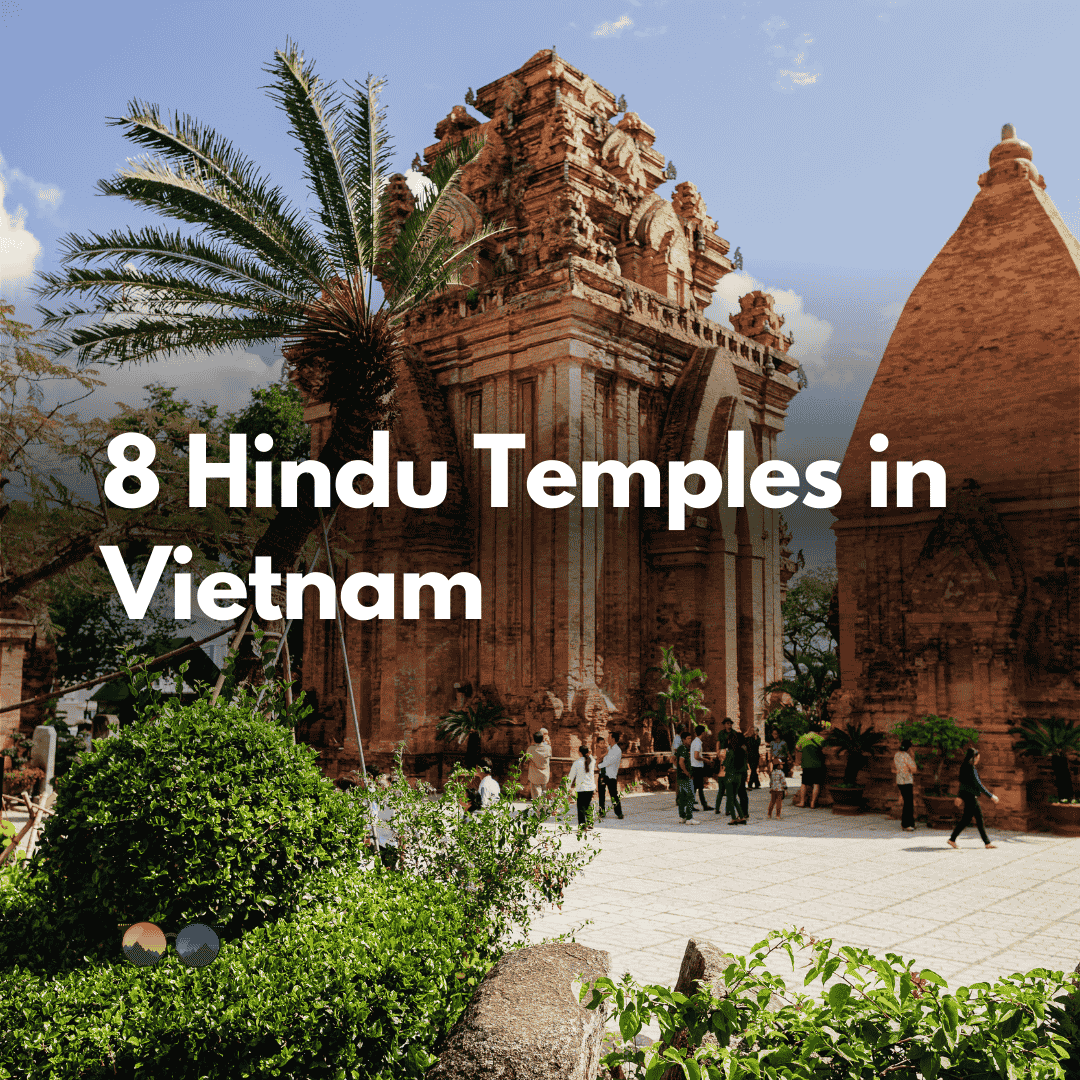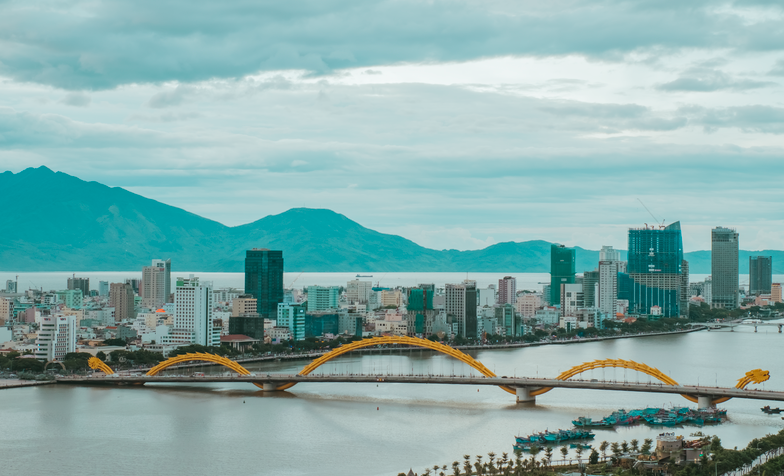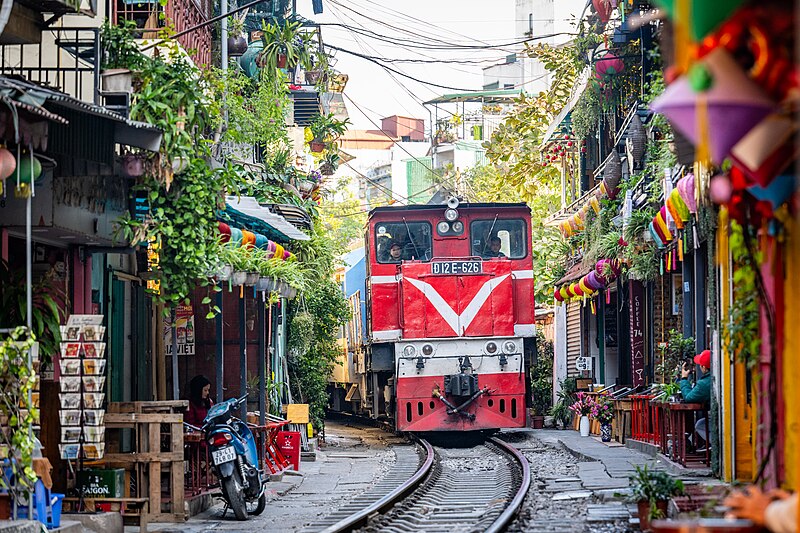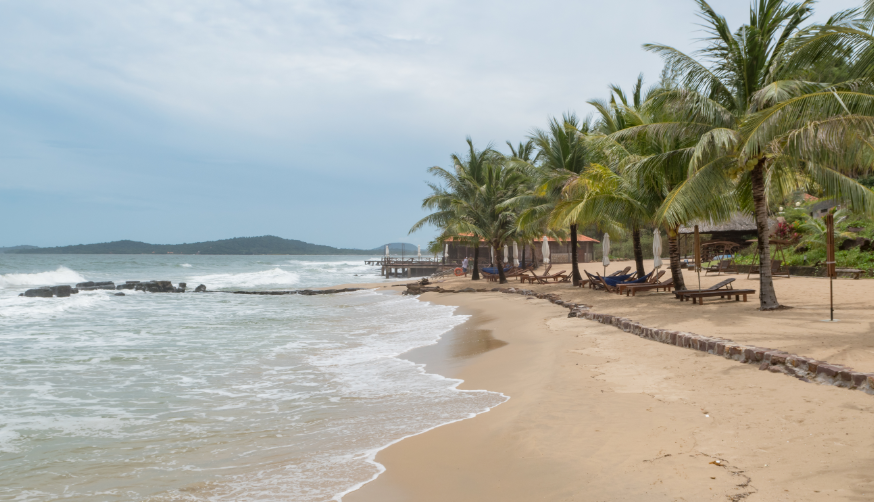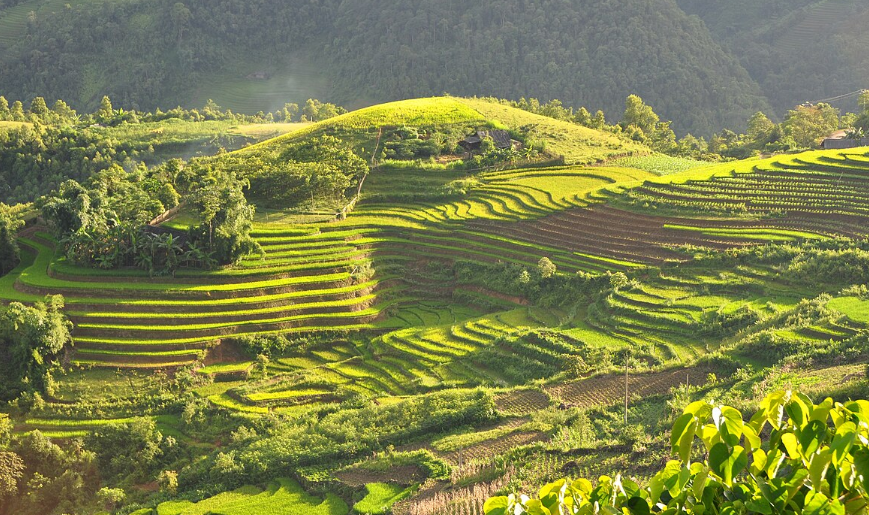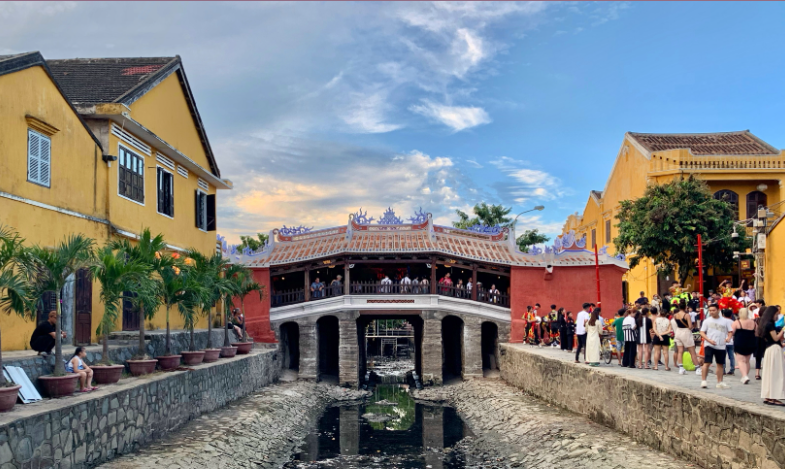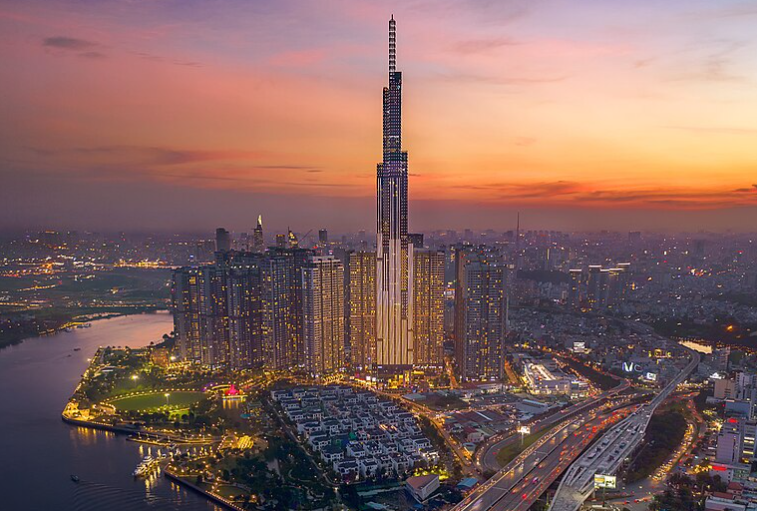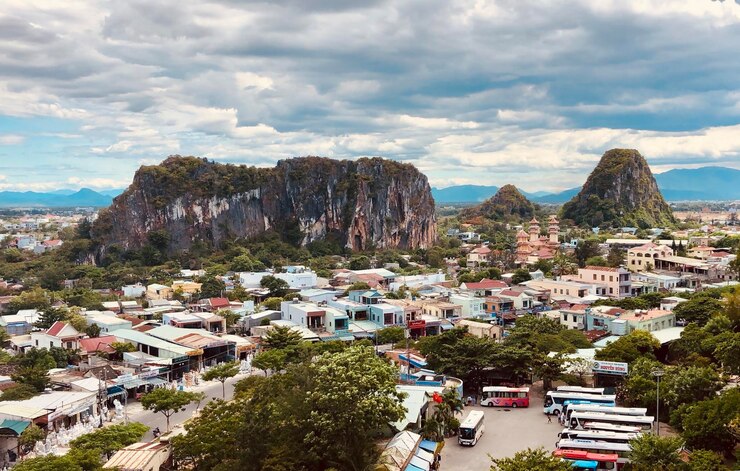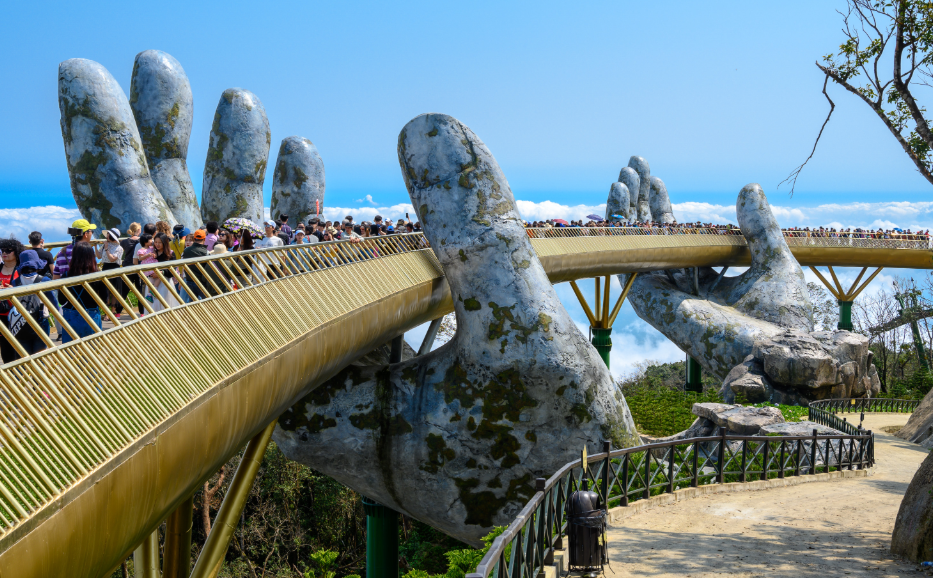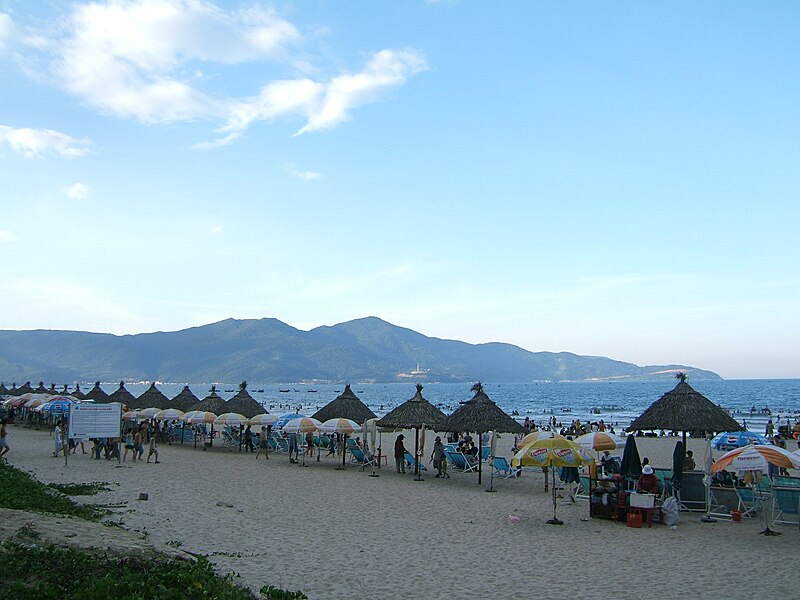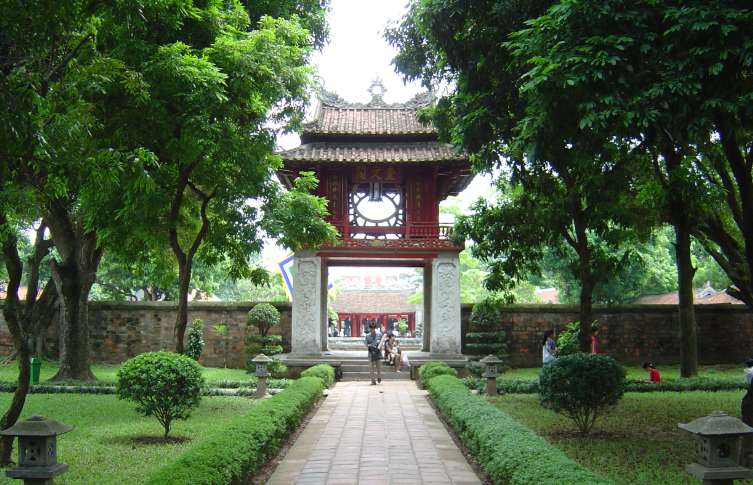The Hindu temples that are situated all over Vietnam present the tourists with a view of the aspect of culture as well as architecture of the region. Regardless of the visitor's interest in historical and cultural attractions or spirituality, these temples are great places for the diverse religious aspects of Vietnam.
Here we have a detailed description of the eight Hindu temples in Vietnam and the best time to visit each of them.
1. My Son Sanctuary
My Son is a place where one can observe the architectural masterpieces of the Champa people. This sanctuary includes many Hindu temples and towers dedicated to the gods Shiva and Vishnu. Currently, visitors can walk through the red-brick structures that are interpreted as holy by the Cham people to date.
Location: My Son Sanctuary is found in the beautiful wide valley, smoothly covered up with mountains which are forty kilometers away southwest of Da Nang in Quang Nam Province. These are a popular religious center of the Champa Kingdom and now a UNESCO World Heritage site.
Address: Thánh địa Mỹ Sơn, Duy Xuyên District, Quảng Nam, Vietnam
Best Time to Visit: The best time to make a visit is in the period between January and August when there is little precipitation throughout the area. Also, the best opportunity is during the dry season from December to June, while from September the roads may be muddy, interrupting your travel plans.
2. Chăm Towers of Po Nagar (Nha Trang)
The complex of Po Nagar Cham Towers includes four towers. Each of them has a different architectural appearance and is devoted to a particular deity. The main tower serves as an active temple for the goddess Po Nagar. It is a very quiet area that provides beautiful scenery of Nha Trang. Thus, it is suitable for tourists with an interest in cultural sites and relaxation.
Location: Cham Towers of Po Nagar are situated in the Khanh Hoa province in the South Central Coast, about 2 km to the north of the city of Nha Trang at the top of the hill by the Cai River. These towers were constructed between the 7th and 12th centuries and are dedicated to Shiva and Cham’s goddess.
Address: 61 Hai Tháng Tư, Nha Trang 650000 Vietnam
Best Time to Visit: It is recommended that one should visit the place from mid-December to mid-August because it is neither too hot nor too wet for touring.
3. The Bana Hills Hindu Temple in Da Nang
This place is deemed mainly for Buddhists but there are also Hindu Gods worshipped at the Bana Hills Hindu Temple. It is an integral part of a cultural center that comprises a French quarter, landscaping, and other related tourist facilities, making for stunning harmony of architecture and theology. The hills are astounding and the thrilling trip on the cable car does not disappoint at all.
Location: Perched on the Bana Hills, roughly 25 km from Da Nang it can actually be accessed by one of the largest non-stop cable cars in the world.
Best Time to Visit: The best time to get to the place is when the sun is warmer or during the dry season which is from February up to May. At these times, climbing on the mountain and getting to the temple on top will be much better with marvelous scenery.
This place is deemed mainly for Buddhists but there are also Hindu Gods worshipped at the Bana Hills Hindu Temple. It is an integral part of a cultural center that comprises a French quarter, landscaping, and other related tourist facilities, making for stunning harmony of architecture and theology. The hills are astounding and the thrilling trip on the cable car does not disappoint at all.
4. Champa Temples at Phan Rang
Location: The Champa Temples are found in Phan Rang district of the recently established Ninh Thuan province, approximately 30 km south of the main city. This area used to be an ancient city of Champa Kingdom and several temples are still now serving as religious pilgrim centers for Hinduism.
Address: Po Klong Garai Tower, Đô Vinh, Phan Rang-Thap Cham, Ninh Thuận, Vietnam
Best Time to Visit: The best time to get here is during the dry season which is between November, December, January, February, March, and April because the temperatures are still reasonable and there is no rain.
Some of the finest examples of the Champa people can be seen today in the temple that exists in the town of Phan Rang. The temples are those of Vishnu, Shiva, and Brahma. Some of the buildings have survived the onslaught of centuries of natural calamities and man-made disasters. Anyone literally has a possibility to check out several minor, calm temple ruins existing in the area and designed in a Champa manner.
5. Truong Son Hindu temple in Quang Tri Province
The temple is located in a mountainous region, in the middle of the forest, which also creates a very calm and sacred ambiance.
Location: Truong Son Hindu Temple is located in Truong Son mountain, in Quang Tri province, by the Laotian border. The temple is one of the several religious edifices from the ancient period in the area.
Address: XX53+6QX, Vĩnh Trường, Gio Linh, Quảng Trị, Vietnam
Best Time to Visit: The dry season, which runs from November to April, is ideal for planning the visit. The other times of the year, these spots receive considerable rainfall and this may pose some challenges in accessing the temple
6. Cao Dai Temple (Tay Ninh)
The Cao Dai Temple plays a central role to followers of Caodaism, a syncretic faith that originated in Vietnam during the 1920s. However, it belongs to the hybrid of temple structures of multiple religions in Indonesia as it has patterns of Hinduism in it. It is an interesting place to visit specifically for its architecture and frequent prayer meetings among believers of different faiths.
Location: The Cao Dai Temple is situated in the Tay Ninh Province, about 100 km north of Ho Chi Minh City, and is one of the most colorful and striking temples in Vietnam. In its design, it has constructed features from Hinduism, Buddhism, Taoism and Christianity.
Address: 112, Ba Mươi Tháng Tư, Tay Ninh 730000 Vietnam.
Best Time to Visit: The best moment to visit is during the dry season which ranges from November to April.
7. Cu Lao Cham (Da Nang)
Cu Lao Cham is famous for its landscapes and species. The Hindu temple located on the island is dedicated to the Gods of the Cham people, popularly visited by those who are in search of a quiet and solemn experience. There are also snorkeling and diving activities available in the natural tourist attraction of the waters around the island.
Location: Cu Lao Cham is an island destination situated at the sea that serves the Da Nang locality. There is a Hindu temple which is located on the island in a calm and peaceful environment.
Address: Cham Islands
Best Time to Visit: The best time to visit is from March to September when the climatic conditions are favorable for travelers to be outside.
8. Nha Trang Hindu Temples
Nha Trang is a coastal city and is famous for its sea beaches and rich center of cultural life. The Po Nagar Towers and the other Hindu temples are therefore a testimony of the early Indian Cham Hindu souvenirs that originated during the Cham Kingdom. Nha Trang is interesting and unusual with the beauty of the sea, sand, and historical and archaeological sites.
Location: Hindu temples are to be found in Nha Trang, one of the towns of the Khanh Hoa Province. All these temples are located within the city and have been a part of the region’s culture.
Address: 2 Thang 4 Road, Vinh Phuoc Ward, Nha Trang City, Khanh Hoa Province
Best Time to Visit: It is cool and dry in Nha Trang between January and August which makes it the best time to visit.
FAQs
How many Hindu temples are there in Vietnam?
In Vietnam, there are approximately 5 to 10 Hindu temples. These temples are concentrated in major cities like Ho Chi Minh City (formerly Saigon) and Da Nang. The majority of these temples cater to the local Hindu population, which includes the Indian community and the Cham people. While Hinduism isn't a major religion in Vietnam, the presence of these temples highlights the long-standing influence of Indian culture, especially from the time of the Champa Kingdom, which followed Hinduism. Many of the temples are also dedicated to traditional deities like Shiva, Vishnu, and Mariamman, attracting both worshippers and tourists.
What is the famous temple in Vietnam?
The most famous Hindu temple in Vietnam is the Mỹ Sơn Sanctuary. Located in Quang Nam Province, Mỹ Sơn is a UNESCO World Heritage Site and a significant archaeological site from the Champa Kingdom, which thrived from the 4th to the 14th century. The temple complex is dedicated primarily to the Hindu god Shiva and is a symbol of Cham culture. It features impressive red-brick architecture, with intricate carvings depicting various Hindu gods, goddesses, and scenes from Hindu mythology. Although many of the temples were damaged over the centuries due to conflicts, Mỹ Sơn still stands as a major historical and cultural attraction in Vietnam.
How many Hindus are there in Vietnam?
The Hindu population in Vietnam is estimated to be around 50,000 to 60,000 people. The majority of Hindus in Vietnam belong to the Cham ethnic group, which has a rich history rooted in the ancient Champa Kingdom, known for its Hindu temples and culture. The Indian diaspora in cities like Ho Chi Minh City also contributes to the Hindu population. Although Hinduism is a minority religion in Vietnam, it has had a lasting impact on Vietnamese art, architecture, and culture, particularly in the central regions where Champa influence was strongest.
What are the rules for temples in Vietnam?
When visiting Hindu temples in Vietnam, there are several important rules and customs to follow. First, visitors are expected to dress modestly, covering their shoulders and knees, as a sign of respect for the religious setting. Second, shoes must be removed before entering the temple, as is the custom in most Hindu places of worship. Third, it is important to respect the local customs by maintaining quiet behavior inside the temple, avoiding loud conversations or disruptive actions. Fourth, visitors should not touch religious objects, statues, or offerings unless given permission. Many sacred items are not meant to be handled by non-worshippers. Lastly, while photography is often allowed, there may be certain areas where it is prohibited, so it’s always best to ask before taking pictures. Respecting these guidelines ensures a respectful and meaningful experience when visiting Hindu temples in Vietnam.
10 0



